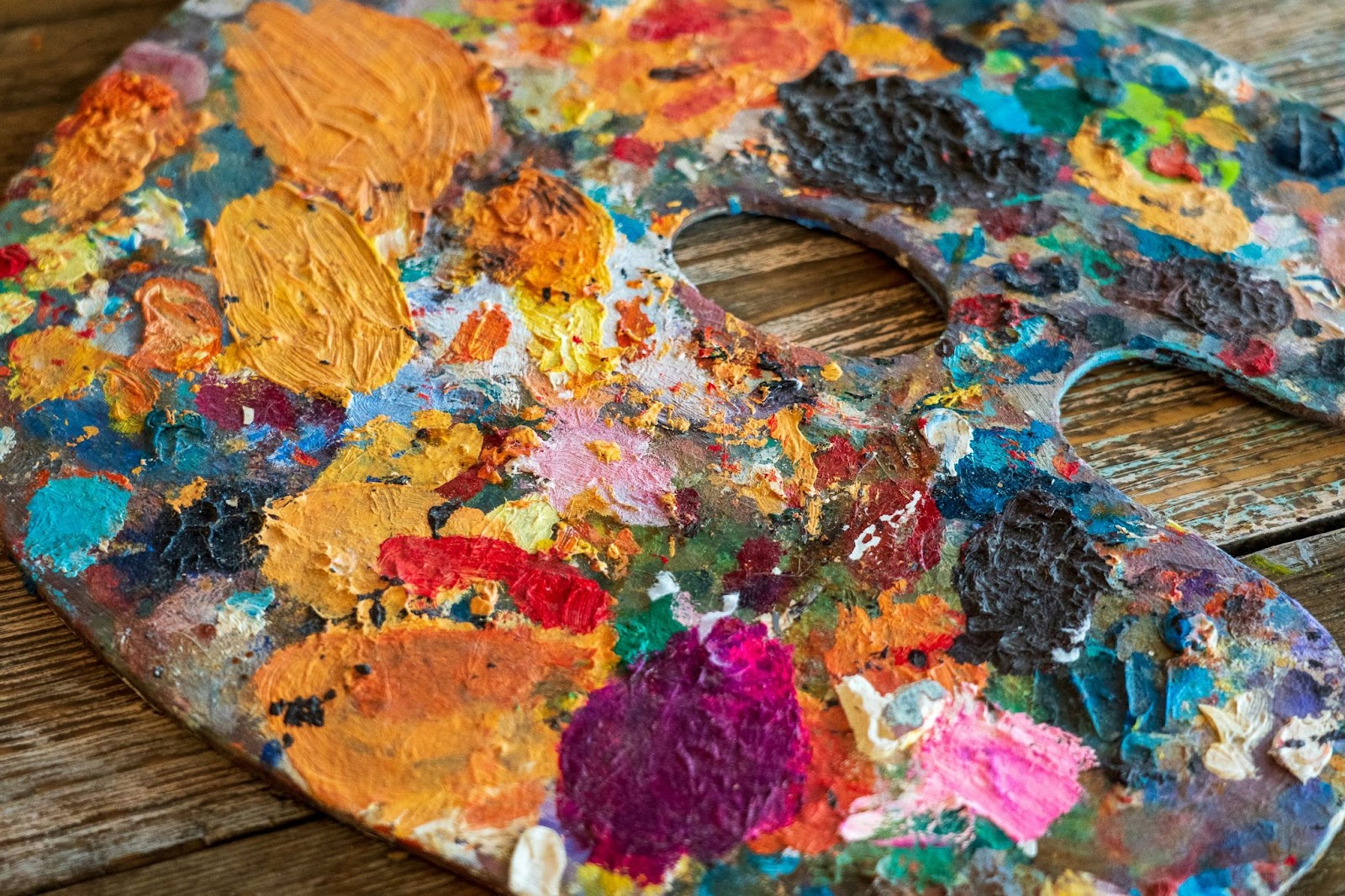Colour Psychology in Interior Design: How to Use Colour to Create Moods
Introduction
Colour, a powerful yet often overlooked component of interior design, has the remarkable ability to shape our emotions, influence our moods, and enhance our well-being. By understanding the psychology of colour, designers and homeowners alike can utilise its power to create spaces that are not only visually appealing but also harmonious and inspiring. This guide delves into the relationship between colour and human psychology, offering practical insights on using colour to evoke specific moods and transform spaces into personalised sanctuaries.

Understanding Colour Psychology
Each colour carries its own unique psychological associations, influencing how we feel and perceive spaces. By selecting colours carefully, you can evoke specific moods in each room. Below is an overview of the primary colours and their typical psychological effects:
1. Red
Psychological Effects: Stimulating, energetic, passionate, and intense.
Interior Design Applications: Red is a strong colour that can add a sense of drama and excitement. Often used as an accent colour, red can highlight specific areas or create a focal point in a room. However, excessive use of red can feel overwhelming, so it’s best used in moderation. Commonly used in dining rooms and social spaces, red can also be introduced through accessories, artwork, or textiles to achieve a balanced, vibrant look.
2. Orange
Psychological Effects: Uplifting, cheerful, and stimulating.
Interior Design Applications: Orange brings warmth and positivity to a space. It’s a popular choice for dining rooms and living rooms, where it encourages conversation and a sense of energy. Different shades, from bright tangerine to muted terracotta, can be chosen depending on the desired level of stimulation. Orange accents work well in spaces with natural wood elements, complementing their earthy tones.
3. Yellow
Psychological Effects: Optimistic, cheerful, and uplifting.
Interior Design Applications: Yellow is often associated with happiness and light. It’s ideal for kitchens and breakfast nooks, where it can add brightness and a welcoming atmosphere. In moderation, yellow can bring vibrancy without overwhelming a space. Light yellows work well in small rooms or spaces with minimal natural light, helping them feel more open and airy.
4. Green
Psychological Effects: Calming, refreshing, and grounding.
Interior Design Applications: As a colour often associated with nature, green provides a sense of balance and calm, making it an excellent choice for bedrooms, bathrooms, and even offices. Sage and olive greens evoke relaxation, while brighter greens can energise a space. Green complements natural materials like wood and stone, enhancing an organic feel that promotes tranquillity.
5. Blue
Psychological Effects: Calming, peaceful, and serene.
Interior Design Applications: Blue is commonly used in spaces intended for relaxation, such as bedrooms and bathrooms. Light shades can create a cool and peaceful atmosphere, while deeper tones like navy add sophistication. In home offices, blue can improve concentration and focus, making it an excellent colour for workspaces.
6. Purple
Psychological Effects: Imaginative, luxurious, and spiritual.
Interior Design Applications: Often associated with luxury and creativity, purple can add a touch of elegance to any room. Lighter shades like lavender are soothing and work well in bedrooms, while richer shades such as plum or eggplant can add depth to living areas. Purple’s versatility allows it to bring both relaxation and a sense of luxury, depending on the shade.
7. Pink
Psychological Effects: Comforting, nurturing, and calming.
Interior Design Applications: Known for its calming effects, pink is popular in bedrooms and nurseries. Soft pinks provide a gentle, soothing atmosphere, while darker pinks can add warmth and vibrancy. Pink pairs well with neutral colours, creating a comforting yet stylish environment.